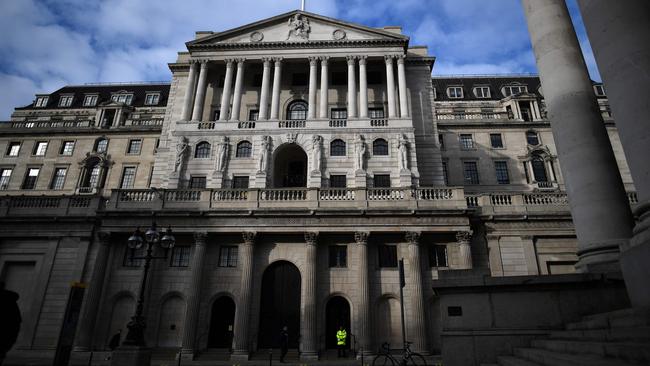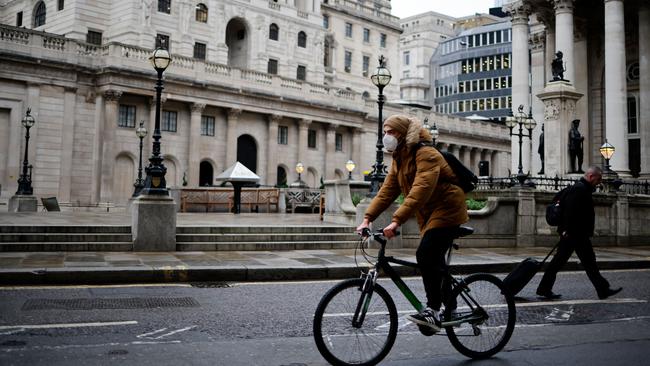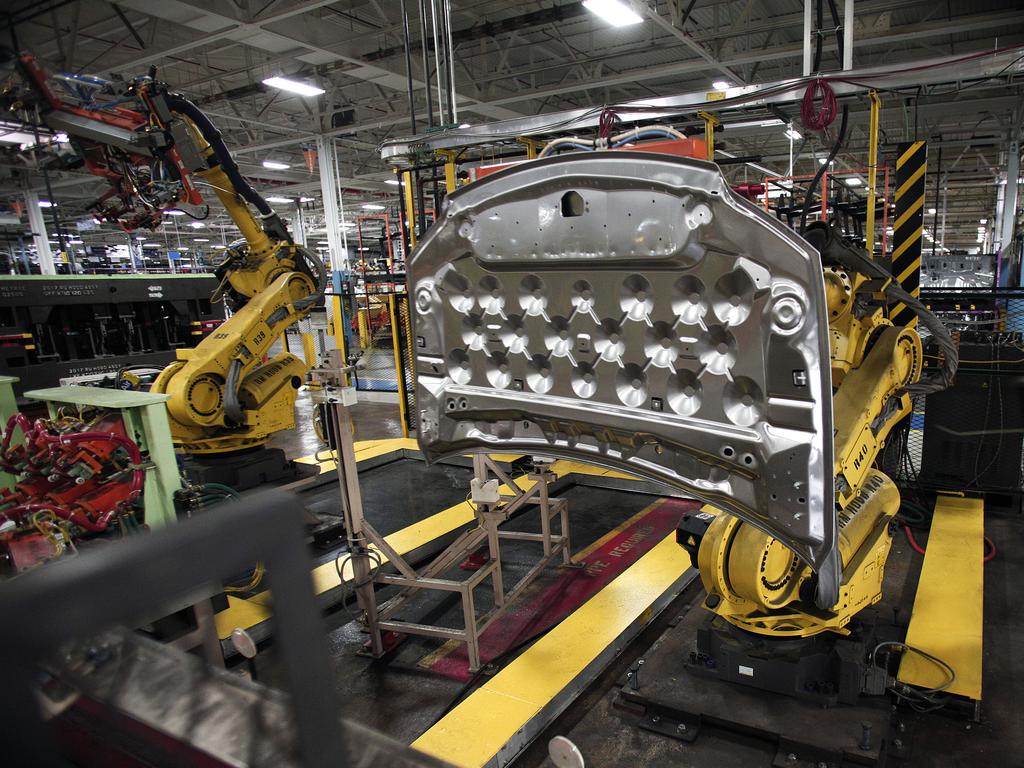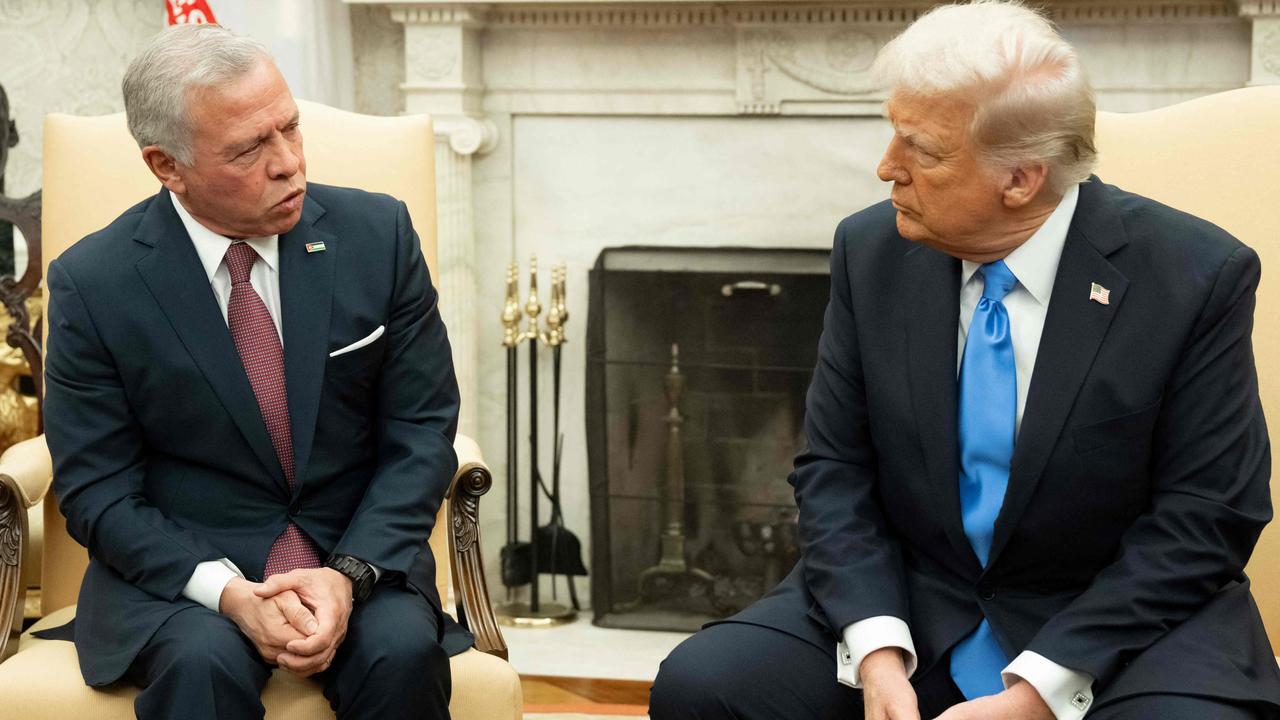As inflation jumps, the Bank of England risks falling behind the curve

Ii may not have been obvious to everybody but the decision of the Bank of England’s monetary policy committee (MPC) on Thursday lunchtime was actually quite a bold one. When I say decision, I should say non-decision. The committee stuck with its previous policy.
Why bold? Nobody expected the risk-averse MPC to contemplate an increase in official interest rates from the current all-time low of a mere 0.1 per cent, though some would have liked to have seen it, or at least a signal that it could happen before long.
No, the boldness was to persist with the latest tranche of quantitative easing. This, agreed last November, was for an additional £150bn of asset purchases, mainly UK government bonds, to be done by the end of this year, taking the total up to a huge £895bn.
Early last week I chaired an online seminar organised by the Spinoza Foundation that featured two former members of the MPC, neither of whom would be regarded as particularly hawkish. They were agreed, however, that in the context of a strong recovery and rising inflation, the QE agreed last November should be immediately halted. There is still £72bn of the £150bn agreed last November yet to go, according to the Bank, so in their view that should not happen.
A similar view was expressed by The Times shadow MPC, all nine members of which voted to call a halt to QE. This view did not go unnoticed on the actual committee, with the Bank’s departing chief economist, Andy Haldane, voting for a second month in succession – at his final meeting – to cut the QE total by £50bn. If the other members gave him a leaving present, which I am sure they did, it was not this. The other eight voted to stick with the program.
This, to me, was not unexpected but nevertheless a bit of a puzzle. Stopping some of the QE, if not immediately then very soon, would have been an easy way for the Bank to show that it was concerned about the rise in inflation now coming through. Growth in the economy has been stronger and inflation higher than the Bank expected. In the dark days of the second lockdown in November, when this QE decision was taken, nobody had even had a Covid vaccination. When the facts change, as somebody said, you can change your mind without any loss of face.
By sticking to its dovish guns, the MPC majority runs two risks. The first is to fall “behind the curve” as inflation comes through. Monetary policy is supposed to be flexible, but sticking with a QE program that will run for more than a year is inflexible and shows a lack of concern over an inflation rate that it now expects to top 3 per cent this year.
The second danger, which insiders at Threadneedle Street always play down but many outsiders regard as a serious issue, is whether the Bank, in persisting with QE even as the economic arguments for doing so weaken, is helping the government out a little too much with its purchases of gilts (UK government bonds). It rejects the charge of what is known as monetary financing, but others are not so sure.
When does inflation become a problem? As I have written here before, there are plenty of reasons to think that some of the upturn is temporary. It will, in other words, fade. Base effects – comparisons with very weak levels a year ago – are driving some of the current increase. The MPC majority, it should be said, is betting heavily on this being the outcome and that inflation will soon return to 2 per cent.
The Bank also takes comfort from inflation expectations being, in the jargon, “well anchored”. Its latest survey of public views, carried out by TNS, showed that while people had a median expectation for inflation of 2.9 per cent in the coming year, this came down to 1.9 per cent in the following year.

In five years, people think inflation will be 2.6 per cent. That is above the official 2 per cent target but, significantly, below the 3.4 per cent five-year view in February. Most of the survey results, carried out in May, were below those in February. It remains to be seen whether those views stay the same when people are asked again after the summer and autumn rise in inflation.
People sometimes ask why it is important to keep inflation low – which the Bank’s survey shows the public supports – and whether there is anything magical about a 2 per cent target. Indeed, a debate has been raging since the global financial crisis about whether central banks should target a higher rate, say 4 per cent.
The traditional argument for inflation targeting, and indeed for choosing a target of about 2 per cent, is that at such a level it does not distort economic decisions. When inflation is higher, people and businesses start taking action to avoid it. That distorts economic behaviour and can damage growth.
We have not reached anything like that point yet, with inflation only a smidgen above the official 2 per cent target. I know from my mailbag, though, that many people believe it is higher, and inflation worries may already be starting to affect behaviour.
The latest consumer confidence index, published by GfK and released on Friday, showed that confidence stalled at minus 9 this month, breaking its rising trend. Some of that may have reflected uncertainty about the coronavirus and the Delta variant but GfK also uncovered worries about inflation. Forecasts of rising inflation, if realised, could dampen confidence further, it warned. Bank of America, in its “consumer whisperer” report, noted that after rocketing between March and May, consumer confidence on its measure slipped over the past two weeks, not because of the delayed removal of restrictions but because higher inflation was starting to squeeze real incomes.
For businesses, the reality of rising costs, and the necessity of passing them on in higher prices, is even more pressing. According to the latest “flash” purchasing managers’ index from IHS Markit: “The rate of input cost inflation accelerated for the fifth month running and was the joint-fastest on record, equal with that seen in June 2008. While inflation continued to be led by the manufacturing sector, service providers also posted a marked increase in input prices. In turn, the rate of output price inflation hit a fresh record high for the second month running.”
This is something to be watched. The Bank may be relaxed. Many are not.






